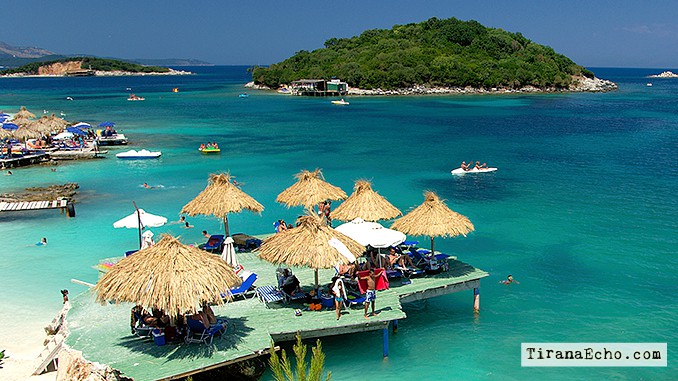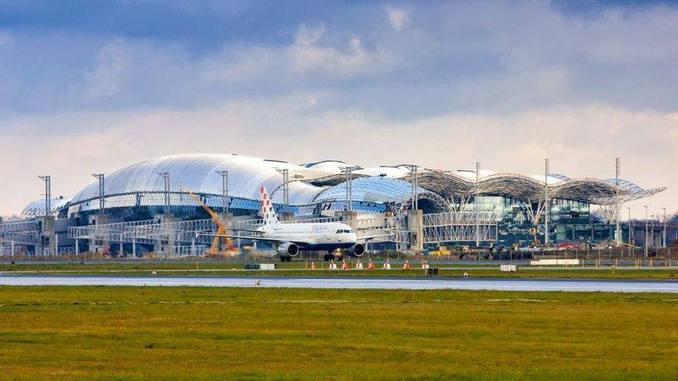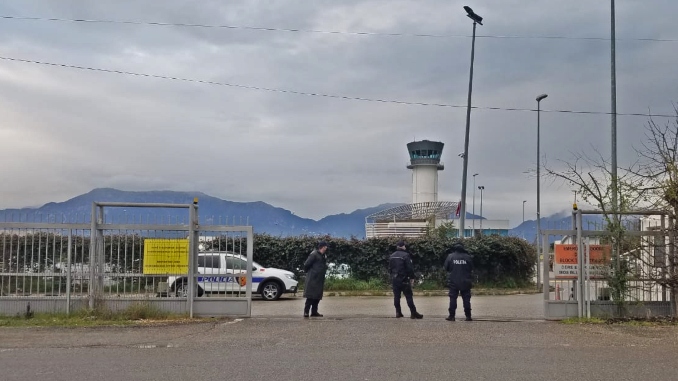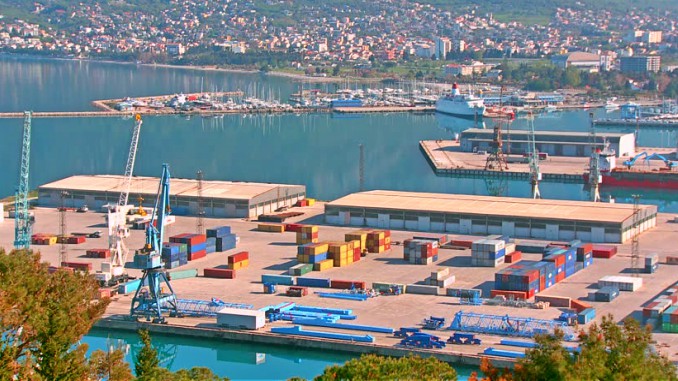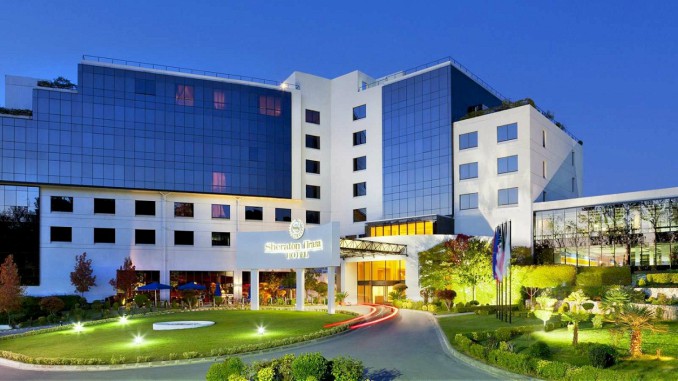Best Way to Experience Albania is on Bike Tour
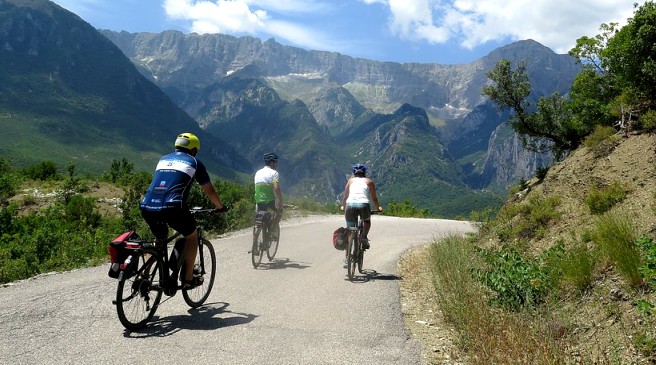
Tirana, Albania | Tirana Echo – You wouldn’t necessarily come to Albania to see monuments and fabulous architecture, for museums that hold the treasures of civilization or the artifacts that trace your heritage (though one of the surprises are the important cultural and historic sites including a Greco-Roman city reclaimed from the forest overgrowth).
You wouldn’t necessarily come for fabulous beaches, though Albania possesses hundreds of miles of coastline along the Ionian and Adriatic Sea, and its own “Albanian Riviera” that reminds you of the French Riviera without the pretension.
You wouldn’t necessarily come for stunning and dramatic landscapes –though scenes abound of picturesque farmland that reminds you of Amish Country, dramatic mountains that reach into white clouds, sheer cliffs that drop to the sea, sunsets that take your breath away, villages carved into hillsides that look out to expansive galleys, giving a different hue to each of our days.
The scenery, the landscapes are strikingly beautiful to be sure – mountains that rise dramatically to white cumulus clouds, a coastline that follows the exquisitely aquamarine Ionian and Adriatic seas, valleys lush with immaculate farms with geometric patterns of color and texture. But most interesting of all are the contrasts without contradiction – farmers burnished by the sun to a leathery brown, working fields with hoes and spades or riding mule-drawn hay-carts up winding hillside roads while chatting on cell phones. In a country where a cinema or shopping mall or even retail stores are rarities, cell phones and cars (and car washes and petrol stations) are ubiquitous.
Certainly there are the beautiful landscapes, the picturesque countryside and stunning coastlines, ample historic and cultural attractions, and traditional tourist delights of beaches and sensational food.
But the best reason to come to Albania is for The Now, to see a young country shaking off a tortured past – “an unlucky history/country,” is the odd phrase our guide, Junid, uses.
Come to experience a place, a people and a culture that is shrouded in mystery after decades of being imprisoned behind an Iron Curtain, closed off to the world, under the thumb of a paranoid dictator, a place, a people and a culture that is either completely unknown or branded with misconceptions and false images.
To see that process unfolding is absolutely thrilling. Albania is not what it was 10 years ago, and is not what it will be in the next 10 years.
Surprises Abound
I was only in Albania a few minutes before I hear a story that proves foundational to my understanding: Albania, the only European country with a Muslim majority, was also the only European country to end World War II with more Jews than it had at the start of the war, because Albanians harbored Jews from the Nazis at great risk to their own lives and that of their children.
“Every one of the 200 Jews living in Albania before the war was hidden and taken care of by their mostly Muslim countrymen and countrywomen,” Jim Johnson, president of BikeTours.com who has designed this special “President’s Tour of Albania” that I am on, tells me, as we are taken from the airport to our hotel in the capital city of Tirana. “In fact, nearly 2,000 Jewish refugees fleeing Hitler were welcomed not as refugees but as guests and were ‘hidden in plain sight’ – made part of Albanian families and daily life. This endured even during the German occupation amid extreme threats by the Nazis.”
“The Jews were sheltered with their own children – which meant that if they were caught with Jews in their house, their own children would be killed,” our guide, Junid later relates when our group of five cyclists gathers for our first dinner together. “A lot stayed in the north – with Catholics. A lot went to Israel after the war. I’ve had groups where people went to back to the town where a family had sheltered their relatives.”
Why the Albanians would do this stems from an ancient code of honor, besa, that emphasizes “compassion and religious tolerance, that links personal honor to respect for and equality with others,” Junid explains. According to The Code, guests must be protected, even if it means losing one’s own life. “Talk to an Albanian today, and you’ll find they still consider their compassionate role during the Holocaust to be part of their national honor.”
That begins a series of wondrous surprises about a country that up until now has been largely completely unknown to Americans, who either have no impression or wrong impressions of Albania.
The first surprise is that Albania is a mere 75 minutes flight past Vienna in central Europe, where I switch planes from JFK. Geographically, Albania is part of the Balkans, bordered by Greece, Macedonia, Kosovo and Montenegro, and across the Adriatic Sea from Italy’s boot.
The second is discovering this country which for so long had been kept in isolation, shrouded in mystery. American travelers have come under the spell of Cuba and Myanmar – two other nations which have emerged from enforced isolation – but Albania deserves our attention to revel in how this young country is emerging.
The third surprise is that though Albania is majority Muslim (the only European country with a majority Muslim population), it is secular and tolerant of other prominent religions (Orthodox, Catholic), with a large strain of atheists stemming from when its Communist dictator, Envar Hoxha, (dictator from 1945-1985), banned religion altogether, burned down churches and mosques, murdered and imprisoned hundreds of clerics, and made Albania the first officially atheist country in the world. Even after the churches and mosques were reopened in the early 1990s, many remain atheists or keep their religion private. Indeed, I saw more women in headscarves in four days at the Democratic National Convention in Philadelphia, than in two weeks traveling through Albania.
The fourth surprise is that Albania (the correct name is Shqiperia, or more officially, Republika e Shqipërisë) is not an extension of Greece, Turkey or anywhere else. The Albanian language, Shqip, is Indo-European in origin and bears little resemblance to any other language today. And even though the alphabet is based on Latin (with a few additions), the sounds the letters make are very different, so you can’t pronounce, let alone read the signs. (See www.omniglot.com/writing/albanian.htm).
Each day, though, Junid, attempts to teach us an Albanian word. I wind up with “gezur” (which approximates to ”cheers” when you drink).
But with only 3.5 million Albanians left in the country after millions fled when the borders were finally opened with the fall of Communism and with the way Albania was divided up shortly after independence in 1912, there are more Albanian speakers outside the country than inside (90% of Montenegro, half of Macedonia’s Parliament and 5% of Greeks speak Albanian).
Albania uses its own currency, Lek (at this writing, 1 Albanian Lek equaled 0.0082 US Dollar, or less than one penny). The median income, I am told, is $5,000 a year. I found the value of items roughly 1/5 of the cost here – so a glass of wine (actually extremely good) in a restaurant was about $2; a mug of beer (also extremely good), about $1; admission to a historic site for foreigners about $5 (about $1.50 for Albanians). You could have an entire meal in a fine restaurant for less than $8. In other words, a pleasant surprise is how inexpensive it is to travel here.
By Karen Rubin, goingplacesfarandnear.com
Source: Huffington Post

